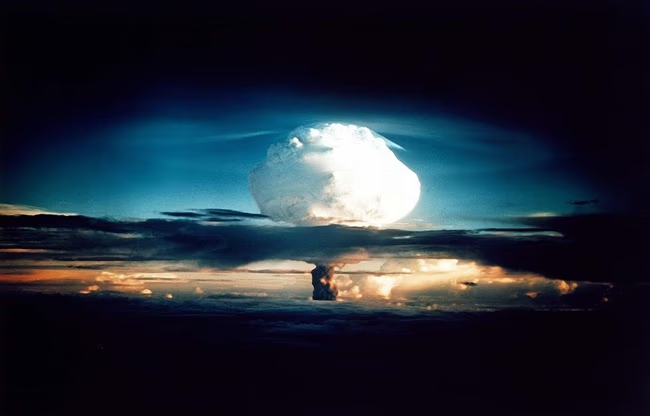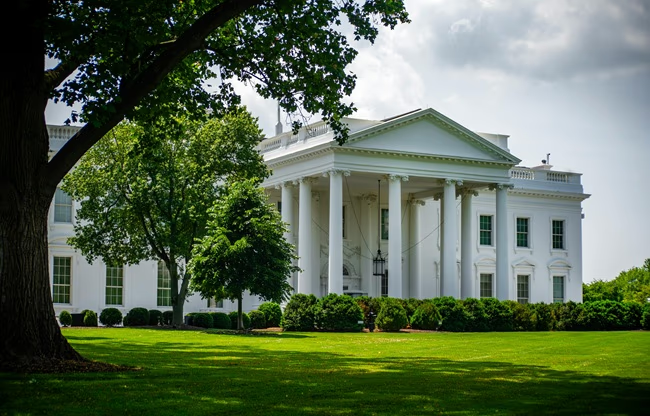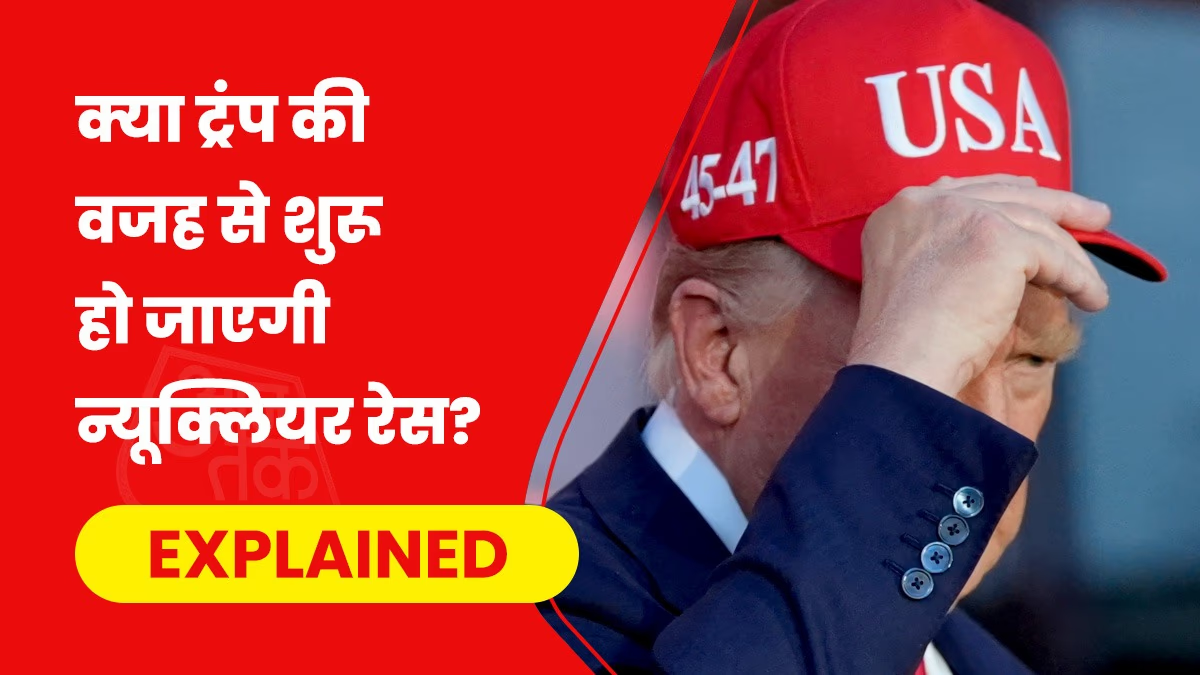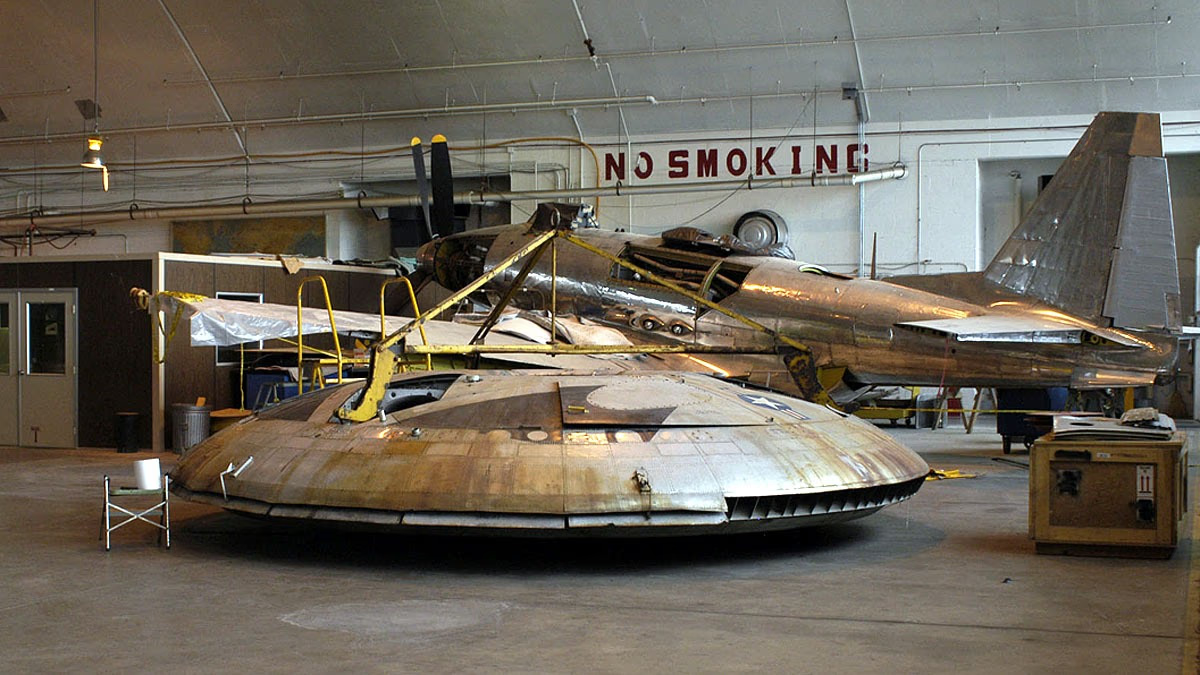In a world where many nations are clashing, and Donald Trump claims to be mediating peace, an unusual development has occurred. On Thursday, Trump directed the Department of Defense to restart nuclear testing. This decision comes at a time when peace deals between Trump and Russian leader Vladimir Putin over Ukraine are faltering. Is America’s decision to resume nuclear tests after three decades a sign of impending danger?
Trump announced on his social media platform that, noting other countries' testing programs, he directed the Department of Defense to immediately commence nuclear weapons testing to maintain parity. He also claimed that currently, the U.S. possesses the most nuclear weapons globally, but China is set to match this within the next five years.
It's noteworthy that the Trump administration now refers to the Department of Defense as the Department of War, indicating potential flames that could ignite. But before reaching that point, let’s understand what nuclear testing is and why the U.S. halted it for three decades.
Nuclear testing involves using nuclear weapons to assess their power, effectiveness, and technology. A country conducts such tests to determine if its nuclear arsenal works correctly and the potential destruction it could cause.

Source: aajtak
In the past, nations conducted tests in open areas, seas, or deserts, as the U.S. did in Nevada and the Pacific Ocean. However, realizing that radiation could reach humans, underground testing was introduced, though it also proved unsafe.
The nuclear test spree led to an arms race, especially during the 1960s when the Soviet Union and the U.S. were actively testing, causing radiation spread across many islands and regions, sickening thousands. But the even greater risk lay in the inevitable urge to use these weapons, much like the temptation to fire a gun if possessed. This realization led countries to decide to halt such tests.
The first treaty, the Partial Test Ban Treaty, was established in 1963, followed by the Comprehensive Nuclear-Test-Ban Treaty, approved by the UN in the late 1990s, which countries then began signing.
Russia agreed to it, signing the treaty. However, the U.S. played a strategic game; it signed the treaty in September 1996, agreeing in principle but never had it ratified by the Senate, meaning there is no legal obligation for the U.S. to adhere to the treaty. Hence, it can restart nuclear testing any time without any nation legally being able to stop it.

Source: aajtak
Intriguingly, Russia completed both steps, but following in the U.S.’s footsteps, it too retracted its approval post the commencement of war with Ukraine, also reopening the option for testing.
Will Trump’s Decision Endanger the World? Historically speaking, yes. It’s happened before. The dawn of the nuclear era saw America’s nuclear program unnerving the Soviets, sparking an arms race. Following Washington’s lead, Moscow rapidly conducted its first nuclear test. Subsequently, the UK developed nuclear weapons by 1952, with France following suit in 1960. The deteriorating relations between China and the Soviet Union in the 1960s prompted China to conduct its first nuclear test in 1964, driven by fear of a Soviet attack. In Asia, after India, Pakistan lined up its nuclear ambitions.
The Stockholm International Peace Research Institute’s recent report indicates the resurgence of a nuclear arms race worldwide.
Additionally, regulations and agreements limiting nuclear weapons are weakening. For instance, Iran repeatedly threatens to withdraw from the nuclear non-proliferation treaty. Amidst the June conflict with Israel, Iran stirred controversy by making similar statements. The treaty aims to prevent countries from transferring or assisting others in developing nuclear weapons. But as major countries retreat from previous agreements, the world edges closer to danger once again.




